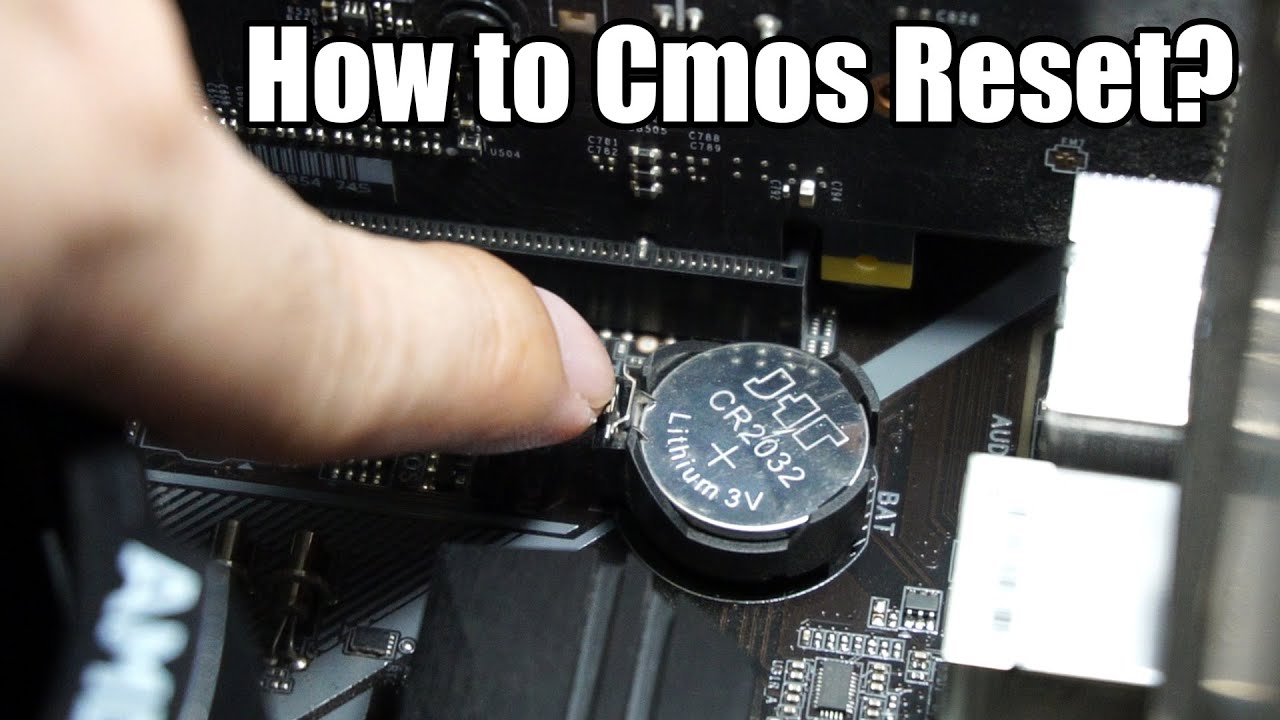Hello
In January '21, i ordered and assembled my 2nd desktop with the help of Tom's Community. (I hope my signature still lists my components, if not- I will add after posting this entry.) I was building a Linux only machine. One that used 'internal graphics', so I could avoid installing a separate gpu. I wanted to avoid a gpu because I was hoping to avoid driver issues. I don't game or run any graphic intensive programs. I decided on the Intel chip i5 chip. After trying a number of distros I ultimately loaded MX Linux. I was required to use the 'advanced hardware' version of MX19 and more recently MX21. System has run decently for 18 months or so.....
Unfortunately I awoke this morning to 5 beeps on boot. 5 beeps means cpu failure(?) based on superficial research. The machine powers on, but after the beeps, nothing. I bought most of my components on Amazon: thought I was in clear. I am out of warranty, as I purchased the cpu from Amazon in January '21?
Before I lose what I typed (using tiny tablet), I would like to post what I have communicated so far. The i5 cost $94 originally. That same chip now costs $174.
I will attempt to reset the cpu but chances are that won't work. So it would appear that I am back looking for suggestions.
I want to use Linux MX 21 going forward but maybe I need to use a different cpu even though it allowed me to avoid the gpu.
Any thoughts appreciated.
In January '21, i ordered and assembled my 2nd desktop with the help of Tom's Community. (I hope my signature still lists my components, if not- I will add after posting this entry.) I was building a Linux only machine. One that used 'internal graphics', so I could avoid installing a separate gpu. I wanted to avoid a gpu because I was hoping to avoid driver issues. I don't game or run any graphic intensive programs. I decided on the Intel chip i5 chip. After trying a number of distros I ultimately loaded MX Linux. I was required to use the 'advanced hardware' version of MX19 and more recently MX21. System has run decently for 18 months or so.....
Unfortunately I awoke this morning to 5 beeps on boot. 5 beeps means cpu failure(?) based on superficial research. The machine powers on, but after the beeps, nothing. I bought most of my components on Amazon: thought I was in clear. I am out of warranty, as I purchased the cpu from Amazon in January '21?
Before I lose what I typed (using tiny tablet), I would like to post what I have communicated so far. The i5 cost $94 originally. That same chip now costs $174.
I will attempt to reset the cpu but chances are that won't work. So it would appear that I am back looking for suggestions.
I want to use Linux MX 21 going forward but maybe I need to use a different cpu even though it allowed me to avoid the gpu.
Any thoughts appreciated.


